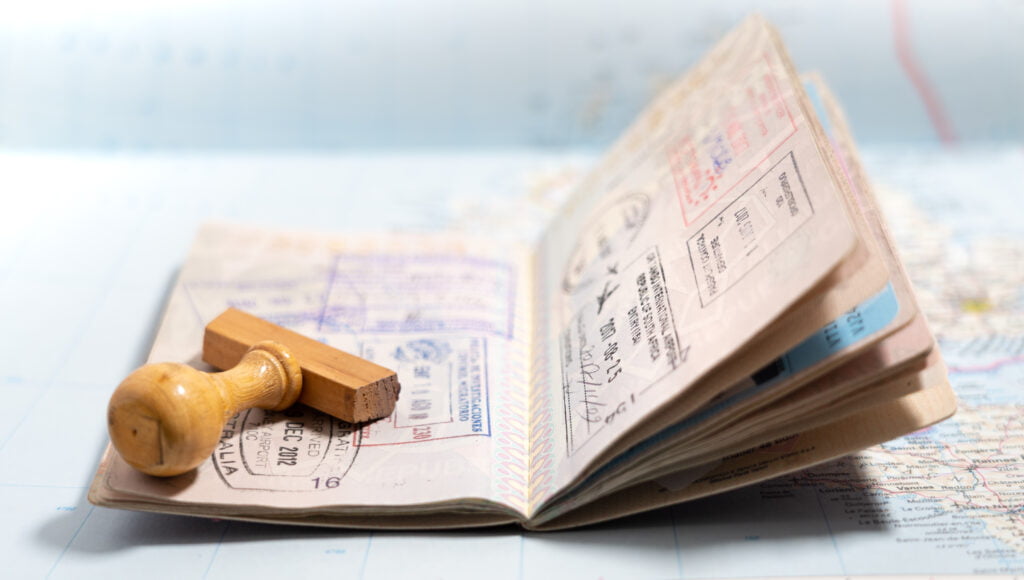Every year a certain number of visas are issued by the Immigration and Nationality Act. The authorized number of these employment-based immigrant visas is 140,000 annually. USCIS requires the petitioners filing for employment-based permanent residence to submit Form I-140. The EB visa is divided into 5 categories: EB-1, EB-2, EB-3, EB-4, and EB-5.
This article delves deep into the EB-2 Visa which is regarded as the second preference visa.
EB-2 Visa
The EB-2 Visa regarded as the second preference visa is reserved for the foreign nationals with exceptional abilities or those holding an advanced degree in their field of study. The EB-2 visas account for 28.6 percent of the annual visas issued worldwide which is equivalent to 40,000 visas and additional EB-1 visas that remain unused. An applicant who qualifies for an advanced degree should hold a baccalaureate degree and a minimum of five years of professional work experience. While an applicant who qualifies for an exceptional ability should be able to demonstrate expertise in arts, science, business or research which is considered extraordinary in their field.

The EB-2 Visa petitioners are required to have a job offer and a PERM labor certification with an exception of the below conditions:
USCIS can waive off the job offer requirement for an applicant who files for a National Interest Waiver (NIW) application. The foreign national applicant can file the waiver petition only if they are able to demonstrate that their immigration to the US can serve the national interest of the country. The demand for professional and experienced immigration attorneys has increased over the years, due to the increased applications for NIW.
Another criteria for the waiver is if the applicant’s job falls under the Schedule A occupations category.
An applicant could also petition for the waiver if they could demonstrate that they are qualified for a deficient occupation in the Labor Market Information Pilot Program even though the program has expired. On the basis of the approved PERM labor certification, the US employer needs to file the I-140 petition on behalf of the alien employee if he or she is not applicable to the above-mentioned exceptions.
Briefly described below are the EB-1 Visa (first preference visa for priority workers) and EB-3 visa (third preference visa)
EB-1 Visa

The first preference visa for priority workers accounts for 28.6 percent of the visas issued annually, roughly amounting to 40,000 petitions. Each petitioner should have an approved Form I-140. The first preference EB-1 visa is further categorized into three sub-groups: EB-1A, EB-1B, EB-1C. EB-1A is reserved for the individuals with extraordinary ability in sciences, arts, education, business or athletics. The qualified applicants should be able to demonstrate their extraordinary ability by submitting documents with national or international recognition in their field. EB-1B visa is issued to foreign nationals who can demonstrate an outstanding role as professors and researchers. EB-1C applicants are executives and managers who have been transferred from international countries to the US. The applicants who file for the petition should be employed for at least one of the three years by the parent company, branch or subsidiary of the US employer.
EB-3 Visa
The third preference EB-3 Visa petitions are reserved for three sub-groups, namely skilled workers, professionals and other workers. This accounts for 28.6 percent of the worldwide visas issued annually which is equivalent to 40,000 visas with an additional remaining EB-1 and EB-2 visas. Unskilled workers are allotted a maximum of 10,000 visas. The prospective employer files the I-140 petition and a labor certification.









